The first bridge spanning Halifax Harbour was a railway bridge constructed by the Intercolonial Railway at the Narrows. It was constructed between 1884-85 and was 650 feet long.
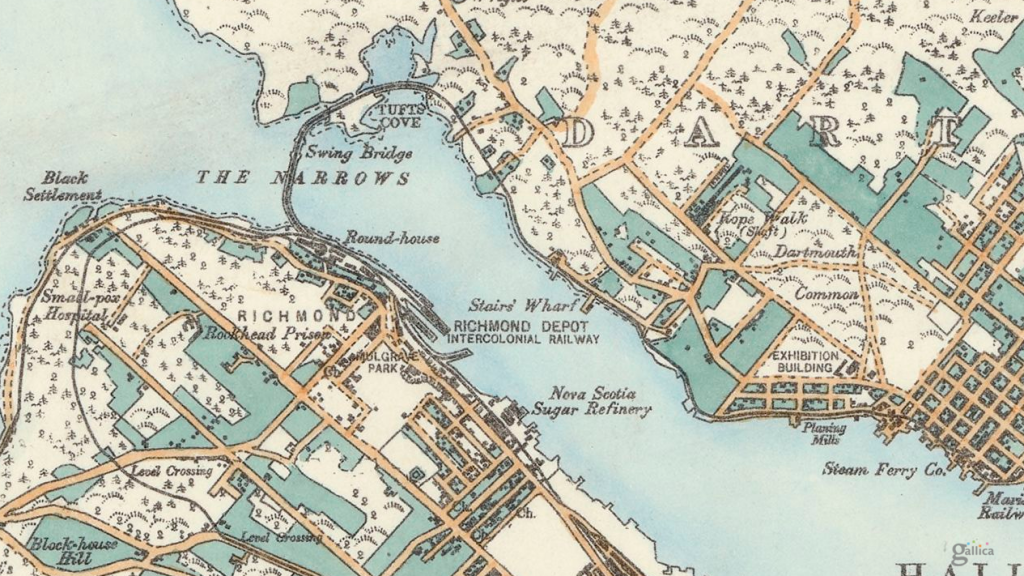
Intercolonial Railway engineer P.S. Archibald designed the bridge in a concave form with the convex facing Bedford Basin in the hope this shape would help the bridge withstand ice slides each spring.
A Dartmouth man, Duncan Waddell, was in charge of construction for the huge stone pier upon which the swing section or “draw” of the bridge would rest, so vessels could be allowed to move into Bedford Basin. The stone pier, located near the Dartmouth shore, was constructed in about 35 feet of water, by driving piles into the gravel bottom to a depth of five or six feet. These acted as guides for building the pier, which was to hold the bridge, being built by the Starr Manufacturing Company of Dartmouth.
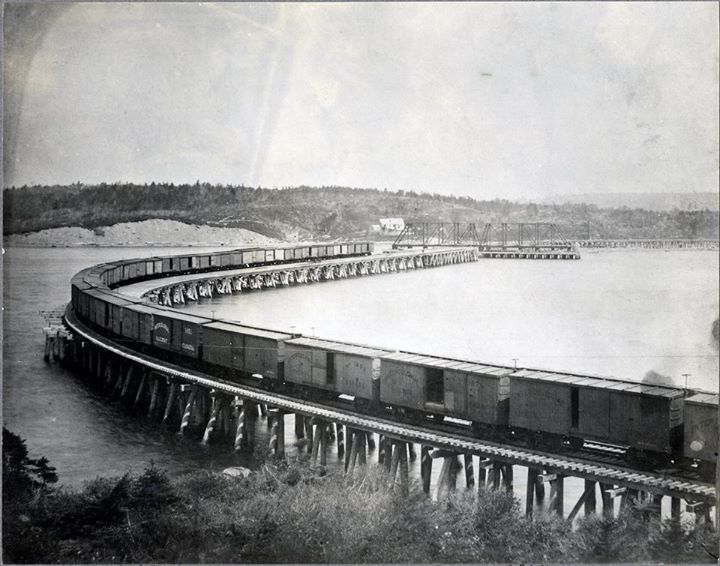
The wooden trestle-work of the bridge, constructed by M.J. Hogan of Quebec, rested on eight foot stone-filled cribs, spaced on the harbour bottom every 10 feet (3.0 m). The piles were then secured to the cribs. As the depth of the water was about 75 feet the piles had to be built in three sections, and spliced with eight-inch deals (basically an 8″ long plank) spiked into place. This proved to be extremely weak, especially when no form of side-bracing was used.
A hurricane hit Halifax on Monday evening September 7, 1891. The storm caused damage to wharves and shipping in harbour. The bridge was destroyed. Nothing remained the next morning but a few broken timbers and some trestles in shallow water.
Suggestions were put forward by Dartmouth Town Council that it would be better to construct the railway line along the shoreline from Bedford to Dartmouth, rather than rebuild the bridge. However, the federal government decided to rebuild the structure, stating that the land route was not “deemed advisable.” Like the first bridge, it was poorly constructed and not braced. This time it was built in a straight line and thus made much shorter. Completed in 1892, the contractor was Connor’s of Moncton, New Brunswick.
About 2:00am, on July 23, 1893, almost two-thirds of the bridge slipped into the water. The last train had crossed about 6 hours prior. The cause of the breaking away of the Narrows Bridge was to be the result of sea worms. It was discovered that the piles were worm-eaten almost through between high-water and low-water mark. When the last train went over, it is assumed that these rotten supports gave way, but remained resting on the surface. Then, when the tide rose, the bridge desk floated up and the whole thing swept away.
The loss of the second bridge then led to the establishment of the rail line to Windsor Junction in 1896. The third harbour crossing is the Macdonald bridge.
The firm of Monsarrat and Pratley were engaged to carry out studies of a possible high-level highway bridge linking the 2 sides of the harbour as far back as 1928. The bridge location between North Street in Halifax, and Thistle Street in Dartmouth was approved by Dominion Authorities and the British Admiralty in 1933. The 1945 master plan for Halifax assumed that this would be the location for the bridge, and suggested widening North Street to accommodate traffic. Dartmouth’s master plan of 1945 also assumed this would be the location.
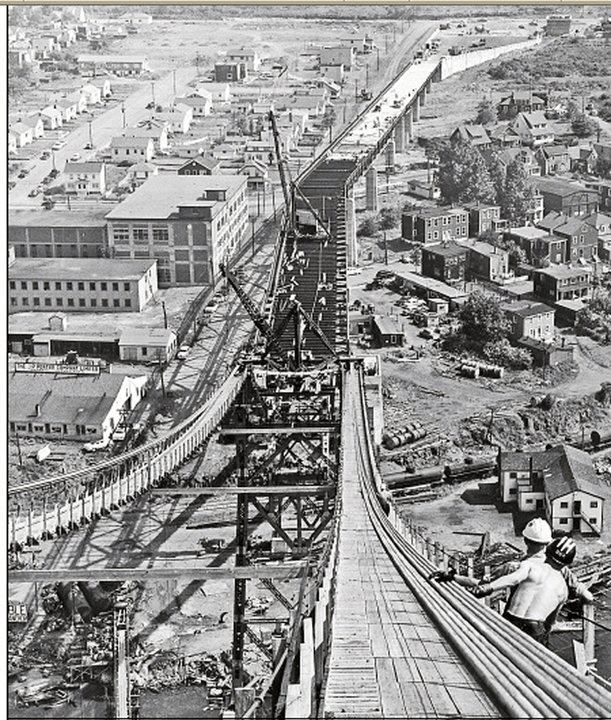
The bridge was designed by Philip Louis Pratley, one of Canada’s foremost long-span bridge designers who had also been responsible for the Lions Gate Bridge in Vancouver. By the time design work began in 1950, he was working alone. The contractor was Dominion Bridge Company Ltd. When erected at a cost of CAN $10.75 million, the Macdonald Bridge was the second longest span of any suspension bridge in the British Commonwealth, after only Vancouver’s Lions Gate.
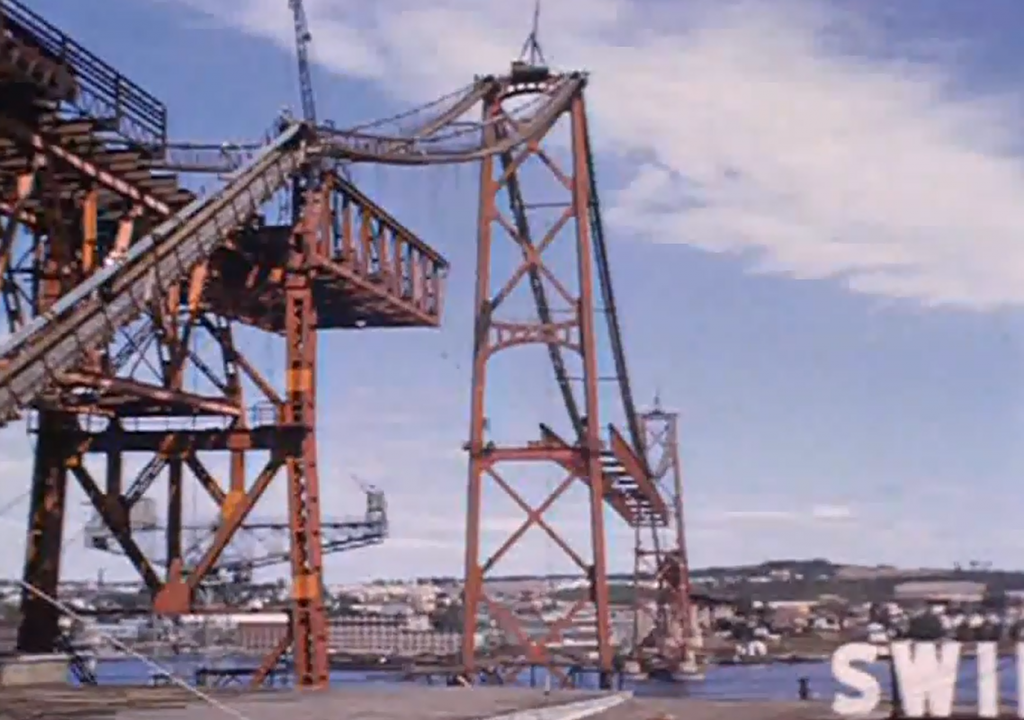
Pratley worked on many of the large bridges in Canada, including the Jacques Cartier in Montreal, the Quebec Bridge, and the Saint John Highway Arch Bridge. One of the lesser known landmark bridges designed by Pratley was the Sheet Harbour Bridge (1957–1958), crossing over the East River at Sheet Harbour, Nova Scotia. On its erection, the through-steel arch structure of 465 ft span was the second longest-span highway bridge in Nova Scotia. It was replaced in 2015. Pratley was also appointed to the American committee formed to investigate the failure of the Tacoma Narrows Bridge.
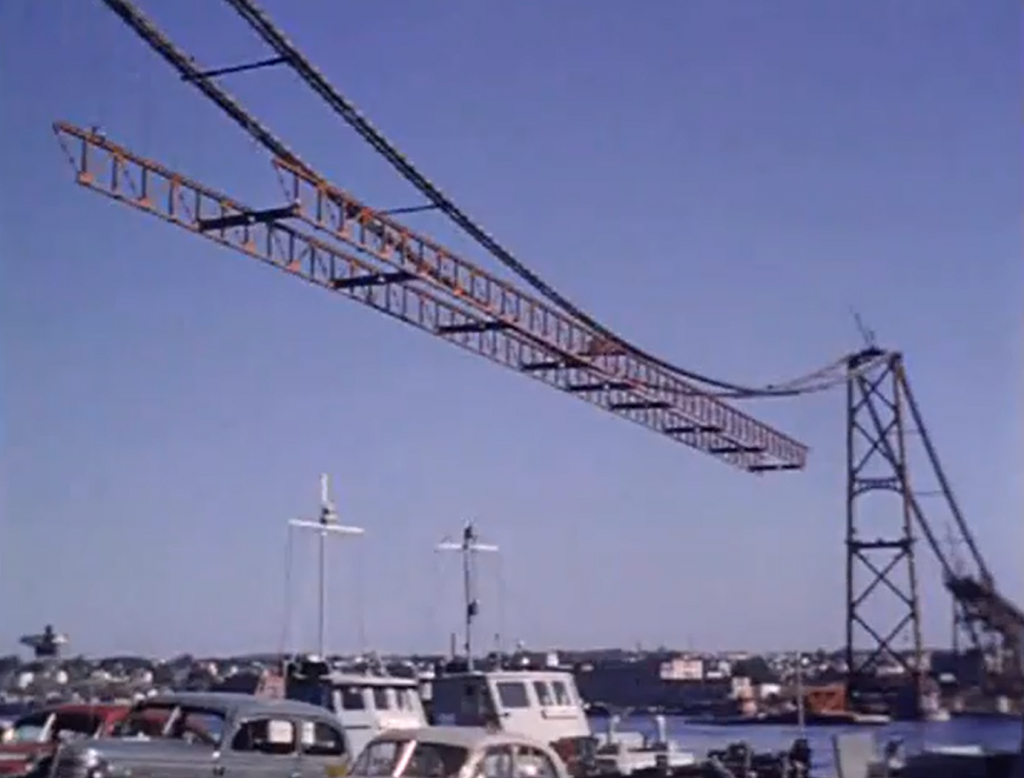
The Dominion Bridge Company itself was formed in 1896, and lasted until 1998, when it went bankrupt after purchasing the MIL Davie Shipyard. The last remaining Dominion Bridge facility is a plant in Amherst, operated by the Cherubini group, who will be doing the steel fabrication of the new pieces for the bridge. Pratley’s son Hugh was involved in the site supervision and took over the operation of the consulting firm on the death of his father in 1958. Construction on the Macdonald Bridge began in 1952, and took 3 years. During construction, 6 workers were killed.
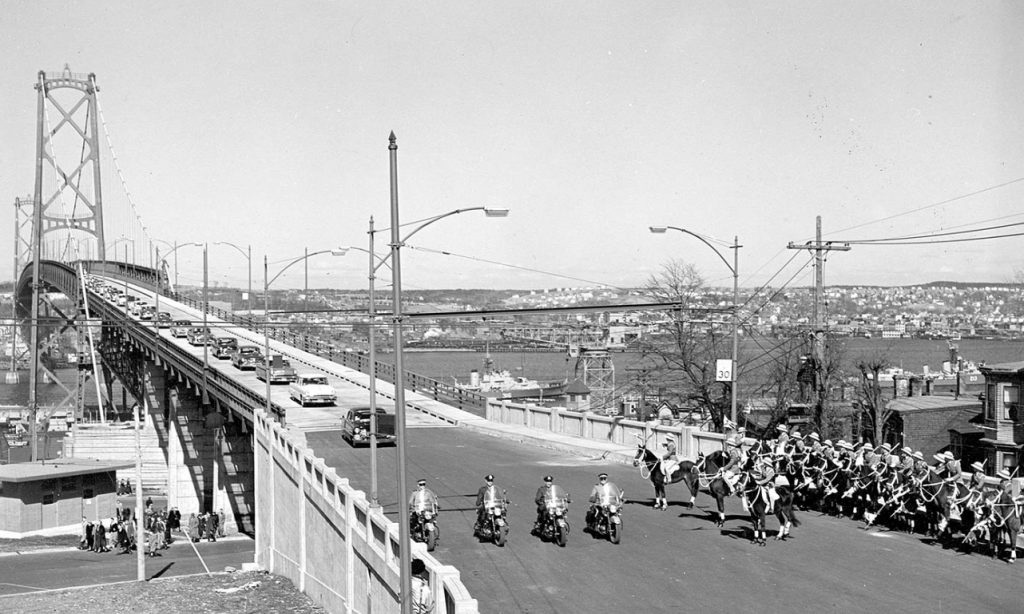
The Macdonald Bridge opened to the public on April 2, 1955.

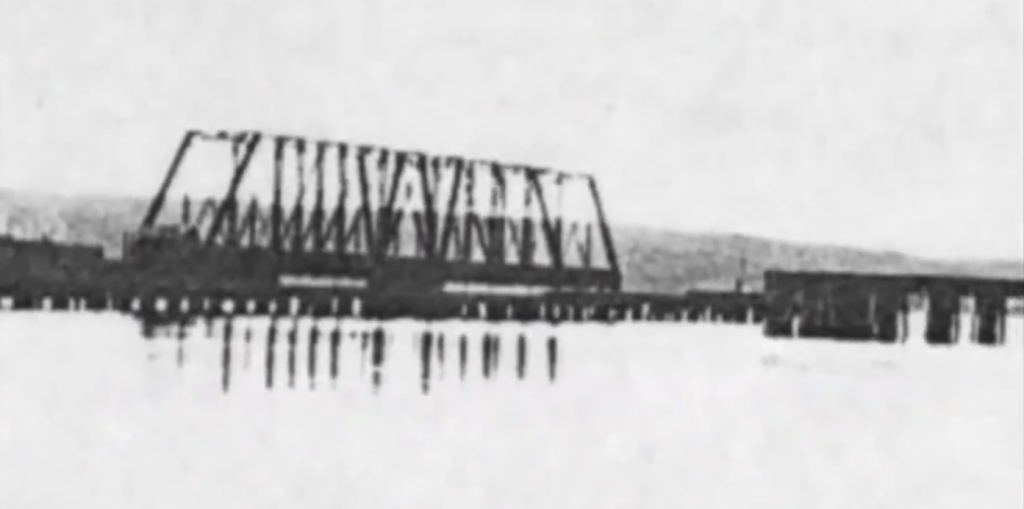
Enjoyed this Saturday morning read, having visited Halifax and having a few contacts in the area through various organizations.
Fascinating piece. I’m never disappointed when I read the Halifax Shipping News.